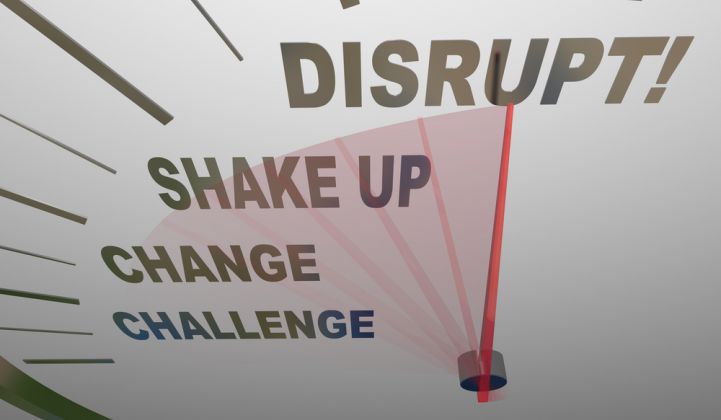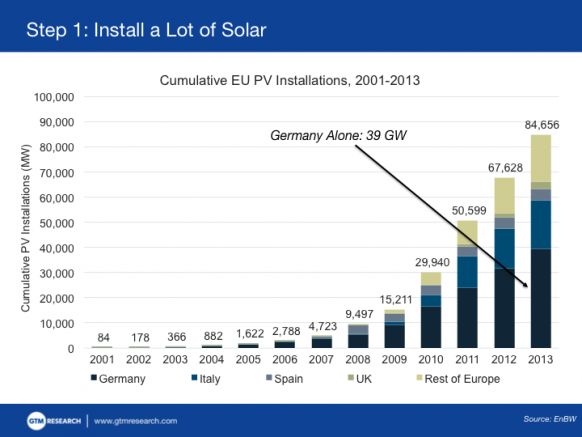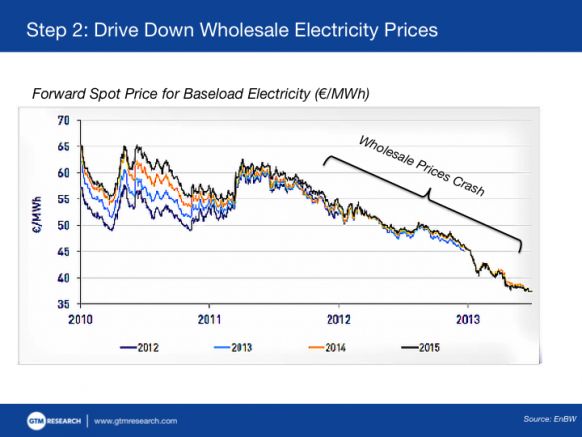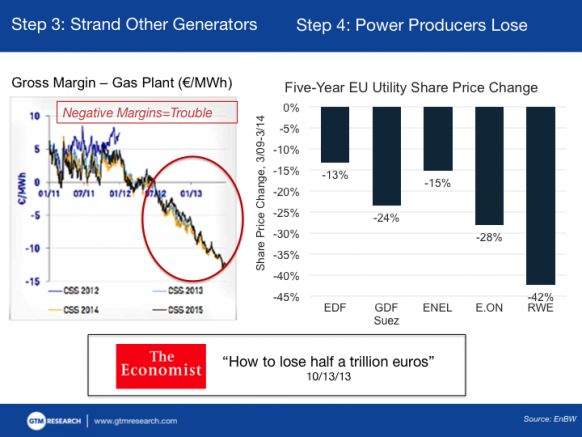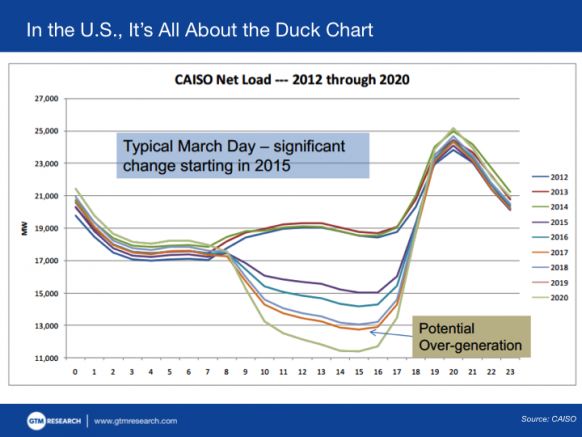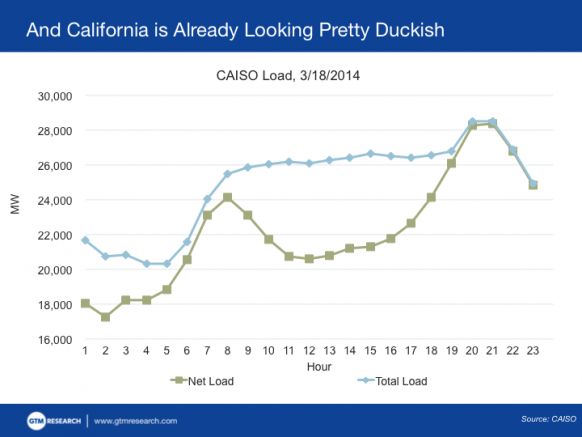If you work in the solar industry and are having some difficulty reaching your colleagues, it's probably because a good portion of them are here in Phoenix at GTM's Solar Summit, taking in the sun as well as the deep flow of information at this event.
Shayle Kann, GTM's SVP of Research, kicked off this industry summit with a new, insightful take on solar's impact on energy markets.
How to disrupt a wholesale energy market
Kann noted that the word "disruptive," in regards to solar, was being thrown around a lot by folks like Citi, McKinsey, and the Edison Electric Institute.
According to Kann, "solar is not a disruptive technology." He suggested that what makes solar disruptive to the market is how it is financed, structured and priced.
And wholesale disruption is "a reality today in Germany."
Europe has installed 85 gigawatts of solar, 40 gigawatts in Germany alone. And relative to the size of the total German market, 40 gigawatts is a lot of solar, said Kann.
Most of this solar is on the utility side of the meter, feeding into the wholesale side. And as a result, wholesale prices have fallen a lot more than expected.
If you are an operator of a fossil fuel plant that does have some marginal operating costs, "then this is no good for you," Kann said.
Gross margins are now negative in many natural gas plants in Germany, most of which are owned by big European utilities. In fact, in 2013 alone, Europe mothballed 20 gigawatts of natural gas plants and wrote down $23 billion in generating assets, "a financial pain they have never felt before."
Kann showed the tumbling share prices of the big EU utilities such as EDF, GDZ Suez, ENEL, E.ON and RWE, which has openly stated that it needs to change its business model in order to compete.
If you're talking about the changing shape of energy, CAISO's Duck Chart must be displayed. It's the law.
Kann flashed the Duck Chart, created by California's independent system operator, to show net load on a theoretical spring day with no air conditioning load and a lot of sun.
It illustrates that in the years ahead, as more wind and solar is added to the system, the duck's belly sags and fast-ramping capabilities become critically important. The CAISO solution is to do things as they always have: add more fast-ramping natural gas.
Kann suggests that it is "better to flatten the duck" with demand-response pricing signals plus energy storage.
Kann noted that wind power is a contributor to this curve and that utilities have over-invested in natural gas assets.
He acknowledged that Germany's grid situation is not the same as that in the U.S., which simply doesn't have as many renewable resources on-line relative to load.
But the amount of solar on the grid in California is starting to impact the generation profile.
In March, wholesale spot prices went negative for about an hour due to higher generation from PV and wind.
Forget theoretical ducks, Kann said: the actual CAISO load shape for March 18, 2014 is "already looking pretty duckish."
According to Kann, "This is a good kind of wholesale disruption."
***
Watch Kann explain what makes solar disruptive:
Watch the full presentation on Greentech Media's Ustream channel
And join us at our next event in June in San Diego, Grid Edge Live.
